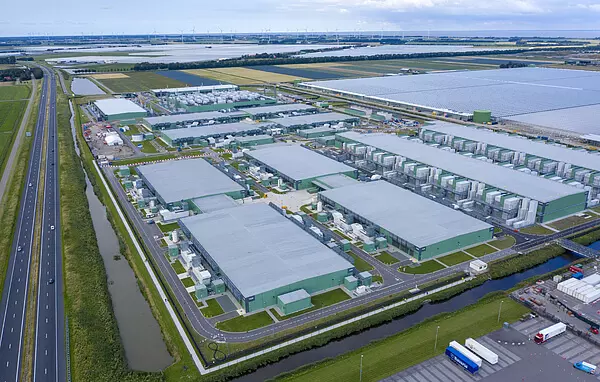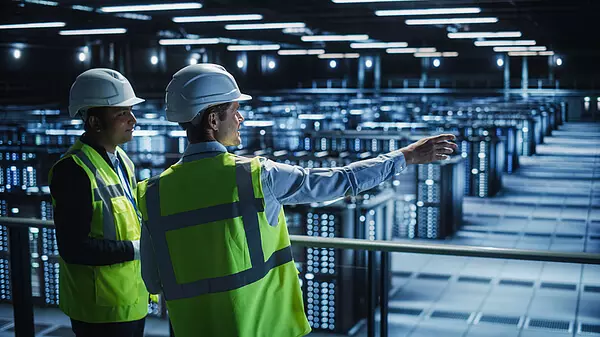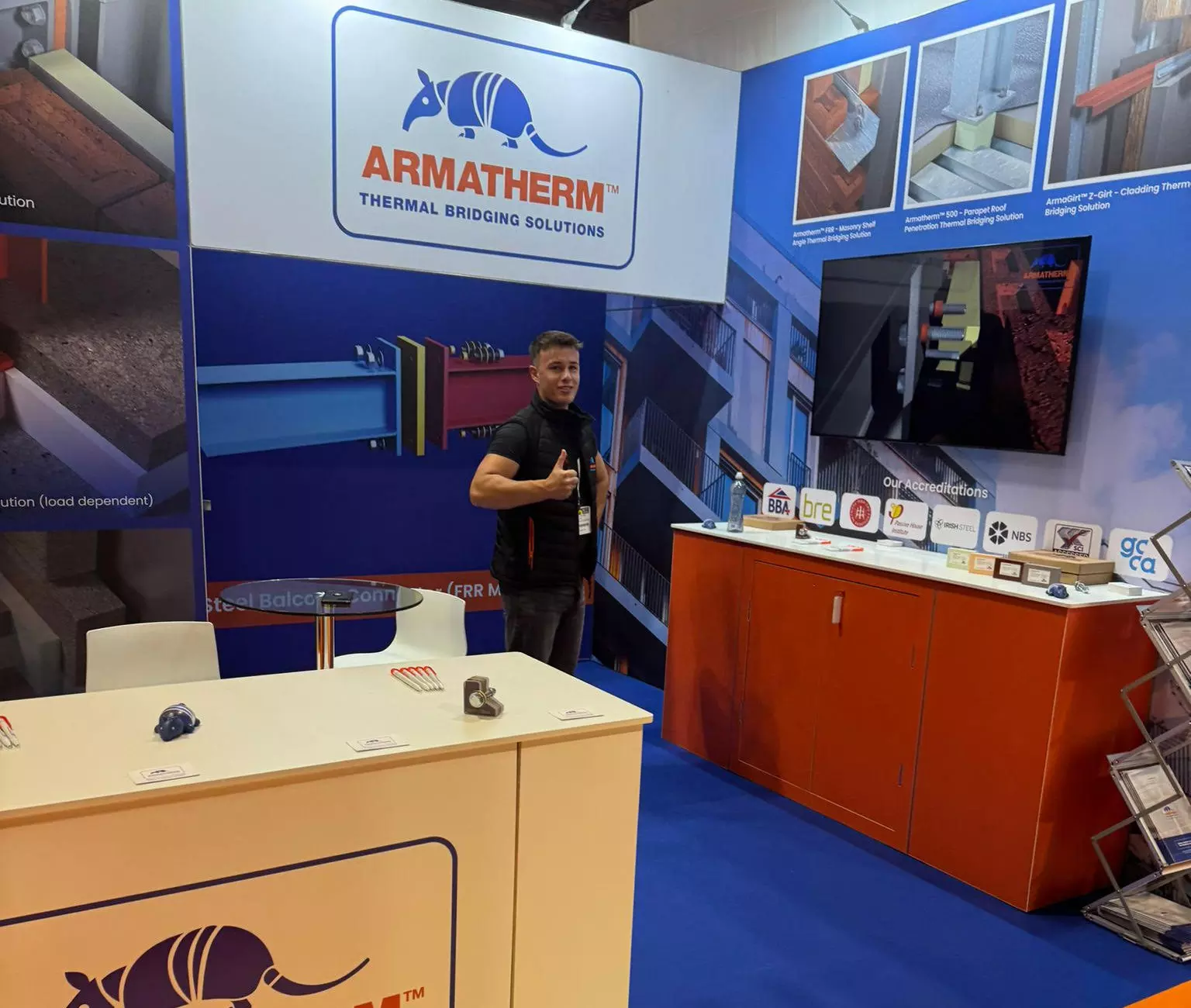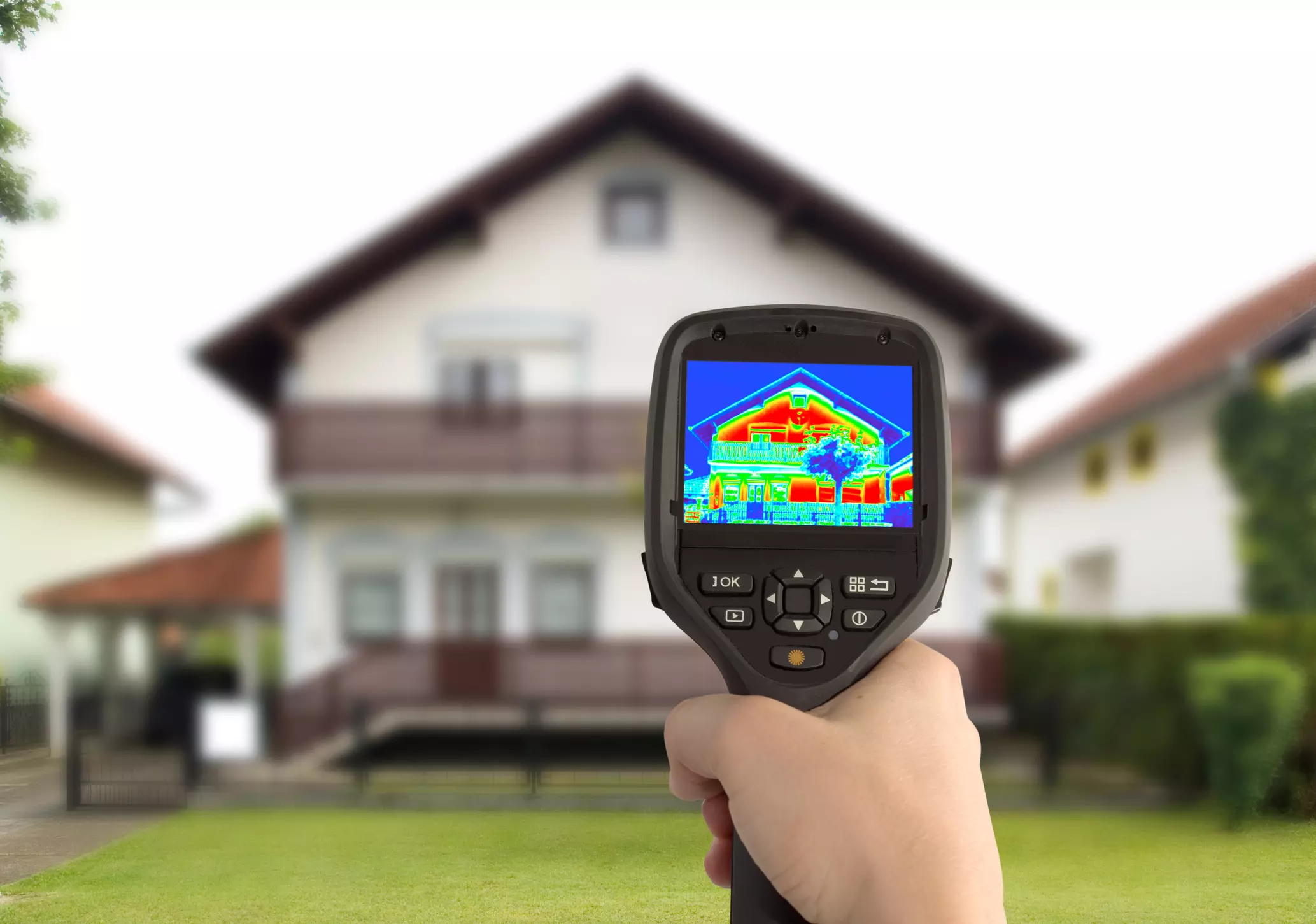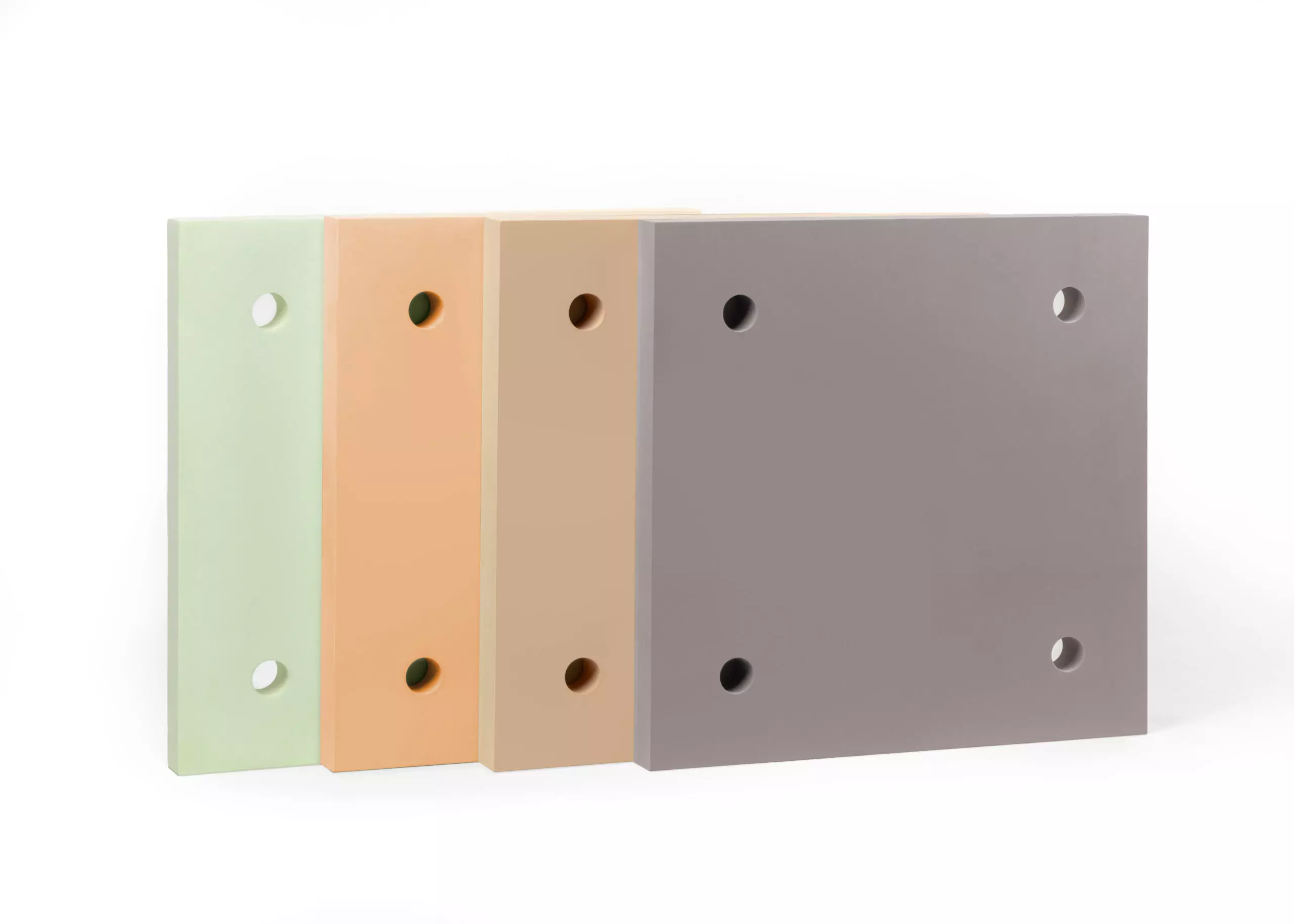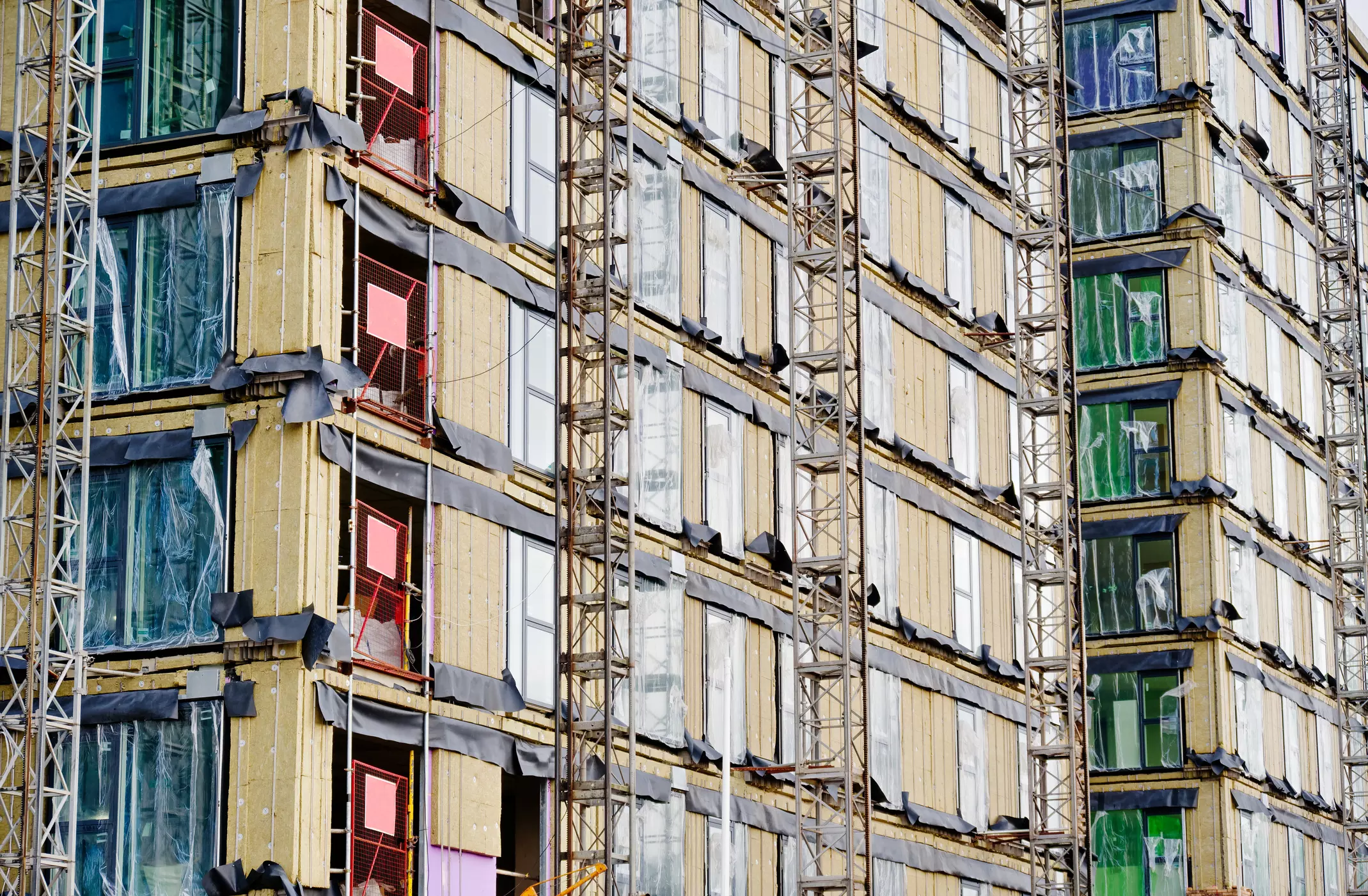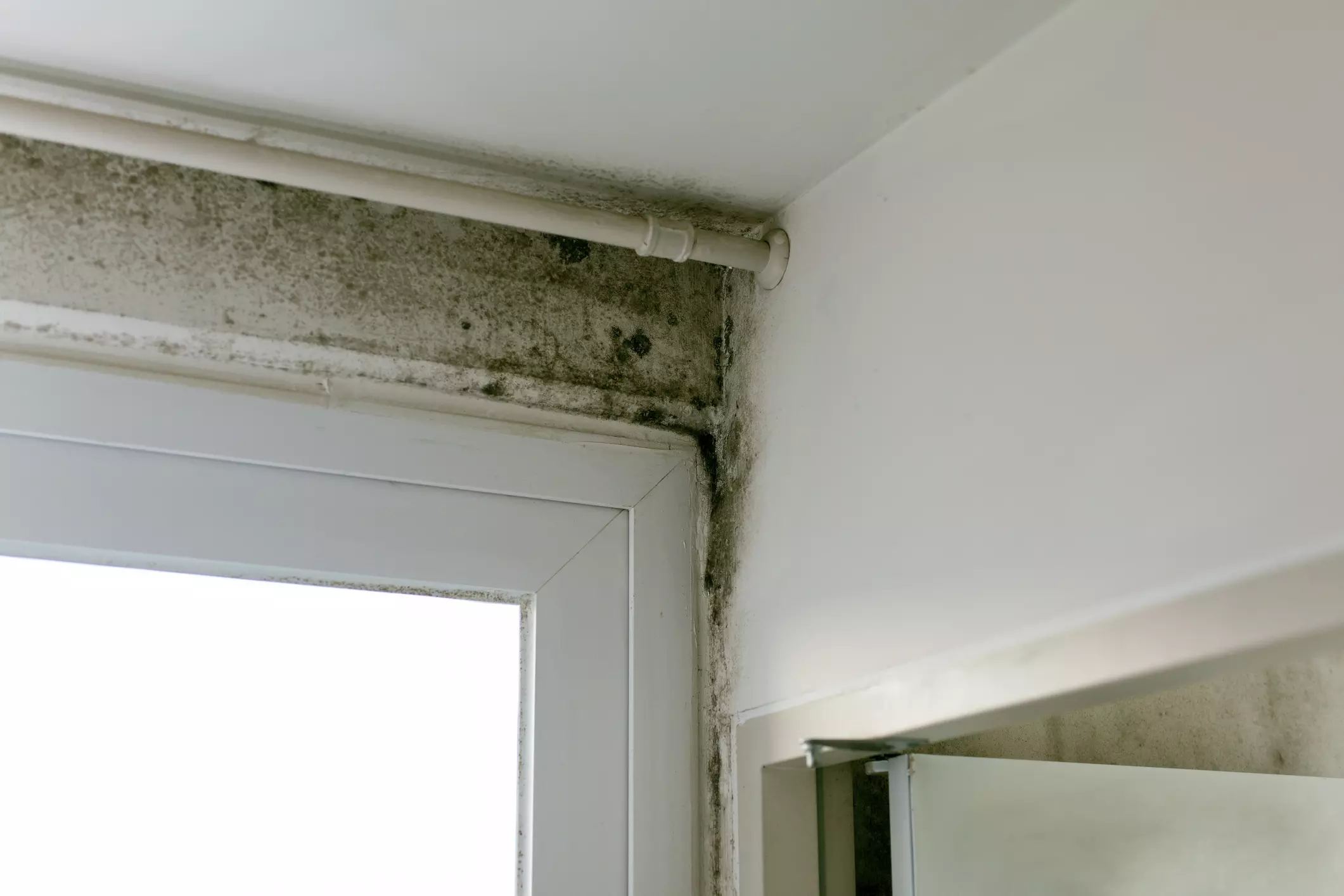
What Is a Data Centre?
Data centres are locations where computing machines and hardware equipment are stored, with the computing infrastructure that each system requires – such as servers, storage drives, network equipment etc.
Why Is Temperature Control Critical in Data Centres?
This machinery generates a lot of power, which in turn, generates a lot of heat, and keeping these facilities cool is imperative for the optimal performance of the devices and reducing humidity which could have dire consequences.

What Role Do Thermal Bridges Play in Energy Loss?
When creating structures which rely so heavily on maintained inside temperatures, focus needs to be on isolating the building envelope to create an efficient structure.
Avoiding thermal bridges is an essential part of this, as they accommodate the transfer of energy at any connection where the envelope is penetrated. They bring warm temperatures into cool areas and vice versa, making it incredibly difficult to pre-empt, control and maintain temperatures inside.

How Do Thermal Breaks Prevent Temperature Transfer?
To combat thermal bridges effectively, thermal breaks can be installed at each ‘application’ where the building envelope is compromised. They feature low conductivity properties that can be added to a structure to assist with reducing energy loss and reducing costly heating and cooling methods. With the innovative materials working to continuously isolate the building envelope, less will need to be spent on running costly air conditioning or venting units, as the interior temperatures will hold more effectively with these insulation methods.
Thermal breaks can be included within a whole range of areas that would potentially allow temperature transfer to occur, which would mean higher operational and running costs for any ventilation equipment.
Why Are Thermal Breaks Essential for Data Centres?
Thermal breaks are an essential part of contributing to overall energy efficiency and economic sustainability in data centres, along with maintaining optimal operating conditions, enhancing equipment reliability, and mitigating overheating risks. Armatherm’s range of products, paired with the dedicated team of experts, are the perfect combination to help with data centre projects as we work towards a more efficient future for all aspects of the construction industry.

